Kilcarragh
Houses within 10km of this house
Displaying 21 houses.
Houses within 10km of Kilcarragh
Displaying 21 houses.
| House name | Description | |
|---|---|---|
| Ballyconnoe House | A summer home of the Creagh family, also known as Prospect Lodge. It was valued at £8 at the time of Griffith's Valuation when Cornelius Creagh held the house and townland in fee. Weir writes that an earlier house was in ruins in 1842, see M169 007, townland of Ballyconnoe North. It is no longer extant and a modern house has been built nearby. | |
| Rathbaun | Home of Simon P. Creagh in 1814 and of his son Pierce Creagh in 1837. Occupied by John Hickey at the time of Griffith's Valuation who held the house from Pierce Creagh. The house is no longer extant. | |
| Ballybaun | Valued at £12.10 shillings at the time of Griffith's Valuation and occupied by Patrick Cahir senior, who held it from Francis Fitzgerald. It is labelled Ballybaun House on all of the Ordnance Survey maps. A house is still extant at the site. | |
| Ballyshanny | A house on the McMahon estate occupied by Patrick Killeen at the time of Griffith's Valuation and valued at £11. Located close to the ruins of Ballyshanny Castle it is labelled Ballyshanny House on the 1st and subsequent editions Ordnance Survey maps. Ballyshanny is still extant. |

|
| St Catherines | Marked on the first Ordnance Survey map as Gortaclob House and on the later 25-inch edition as St. Catherines, this house was occupied by Francis McNamara Calcutt in the mid 19th century, valued at over £20 and held by him in fee. It is no longer extant. | |
| Ennistimon House | In 1786 Wilson refers to this house at "Innistymond" as the seat of Edward O'Brien. Lewis writes in 1837 that Ennistymon Castle was originally a seat of the O'Brien family, descendants of the Earls of Thomond, but was then the residence of Andrew Finucane. By the time of Griffith's Valuation it had passed into Macnamara possession. The O'Brien, Finucane and Macnamara families had all intermarried. The house was valued at £28 in the mid 19th century and held by Captain Francis Macnamara in fee. It remained in Macnamara ownership until the mid 20th century and has been a hotel for many years. The hotel was the property of Mr Brendan O'Regan in the 1940s. |
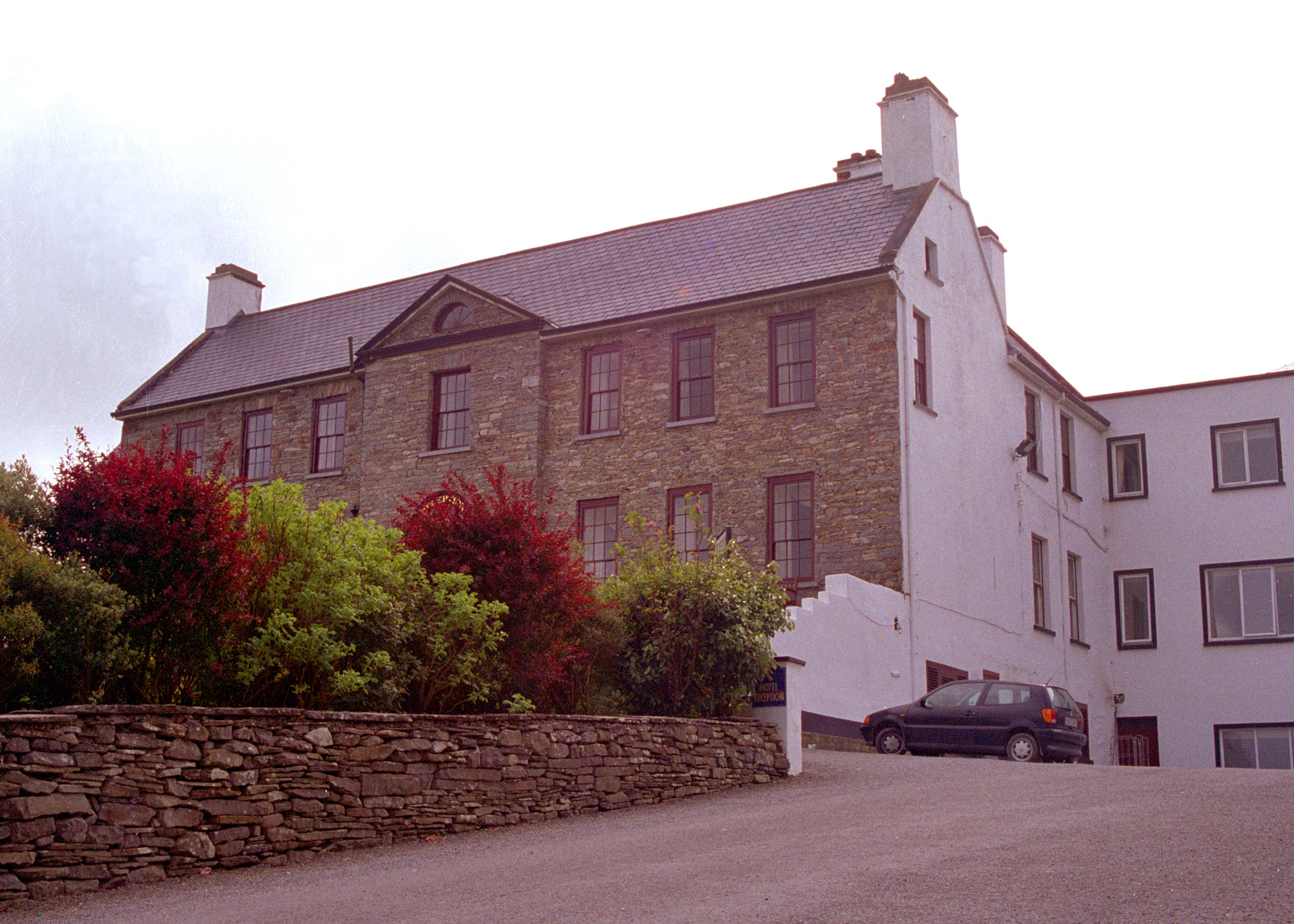
|
| Moymore | This house was occupied by a member of the Stackpoole family in 1837. The townland was held by James R. Dunne in the mid 19th century and the house occupied by John B. McNamara. By the mid 1870s Mrs Mary Louisa Ryding was resident at Moymore. Her daughter Louisa married Thomas Kenny and in 1906 Moymore belonged to Thomas H. Kenny. A house is still extant at the site. | |
| Lehinch House | A house on the Stacpoole estate, possibly the house known as Lahinchy occupied by George Stacpoole in 1814 and by A. Stackpoole in 1837. At the time of Griffith's Valuation the house was valued at £10.10 shillings and was occupied by Thomas Moran who held it from Andrew Stacpoole. Weir writes that it was later a home of the Woulfe family. The house no longer exists, a modern bungalow occupies the site. Old walls and outhouses remain. |
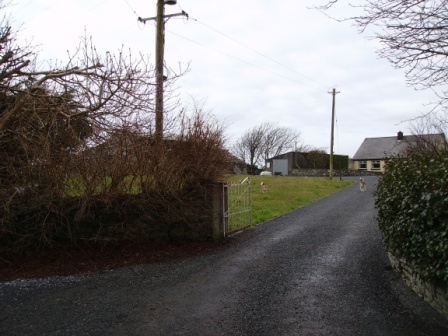
|
| Woodmount | A home of a branch of the Lysaght family in the late eighteenth and into the nineteenth century. In 1786 Wilson refers to it as the seat of Mr. Lysaght. Christopher Lysaght occupied the house in 1814 and G. F. Lysaght in 1837. By the time of Griffith's Valuation a Christopher Lysaght was residing there and he held the property valued at £6 from George Lysaght. | |
| Kilcornan | Originally a Comyn home, by the end of the 18th century Kilcornan was in the possession of the Lysaght family. James Davoren is recorded as resident in 1814. By the time of Griffith's Valuation the house was valued at £1.5 shillings. It is labelled as Kilcornan House on the 1st edition Ordnance Survey map but is not shown on the later 25-inch edition of the 1890s. | |
| Summer Ville | Griffith's Valuation records that the house valued at £3 was leased to James Foley by James R. Dunne. It is labelled Summer Ville on both the 1st and 25-inch edition Ordnance Survey maps. A new house appears to have been constructed at the site in the last decade. | |
| Ballykeel | The home of the Lysaght family in the late 18th century. Weir writes that the house was built by George Lysaght who was resident in 1814. Lewis refers to Ballykeale as the seat of the Lysaght family 'now occupied' by Mrs Fitzgerald. The Irish Tourist Association file records that the house became the property of Henry Comerford in 1839. It was unoccupied at the time of Griffith's Valuation and held by Henry Comerford. It passed from him to the Blake Fosters. Francis O'D. Blake Foster was the owner in 1906. Mrs Blake Forster was resident in the 1940s and the Irish Tourist Association file lists the paintings in the house. |
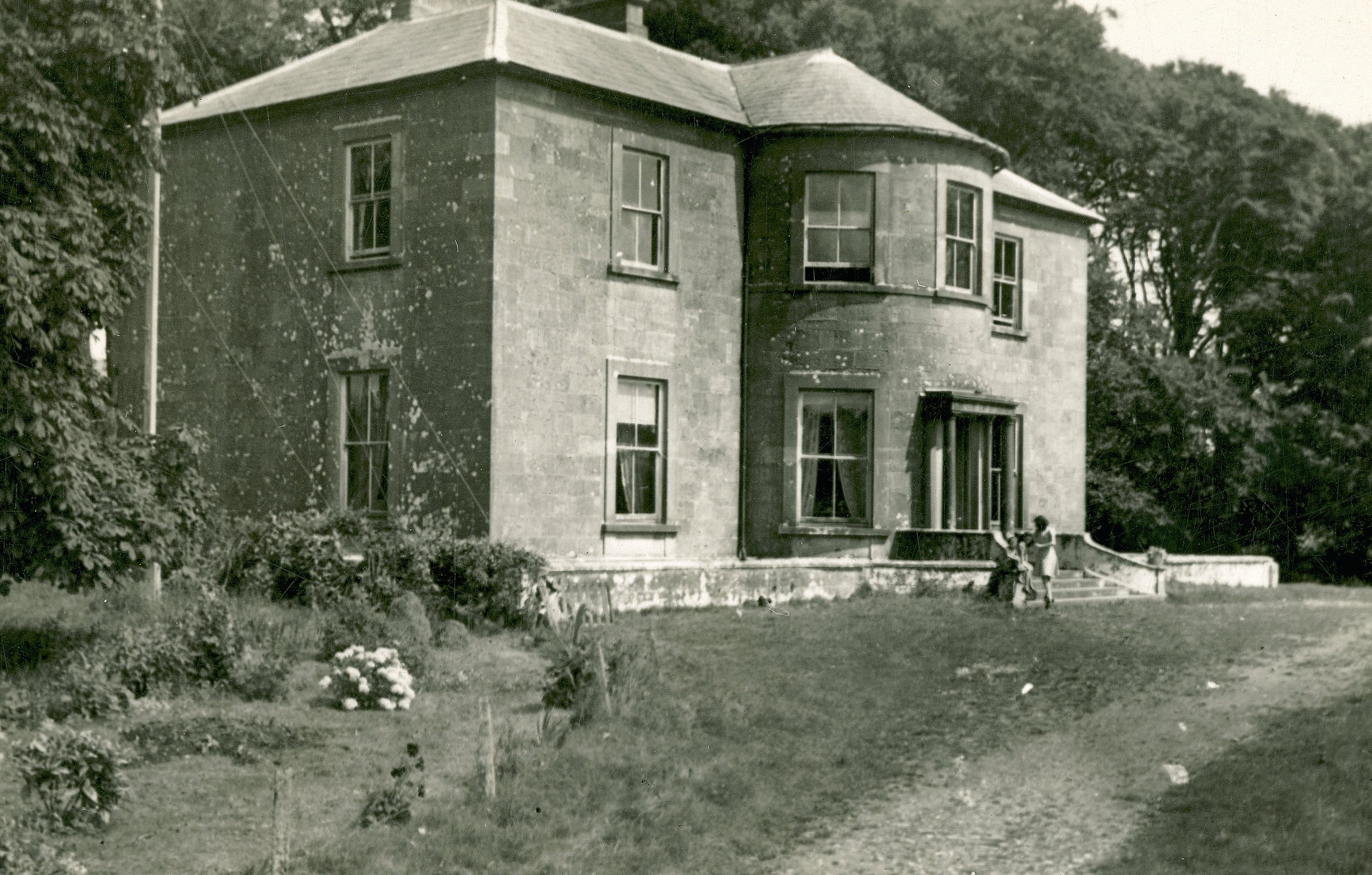
|
| Ballynalackan | Lewis writes in the late 1830s that Ballynalacken Castle was about to be repaired by the proprietor J. O'Brien. Weir writes that John O'Brien built a house near the old castle in 1840 and the O'Brien family lived there in the second half of the 19th century, however there is no house in the townland of Ballylacken valued at more than £2 at the time of Griffith's Valuation and no indication that the O'Briens were resident. The house was bought by the O'Callaghan family in 1939 and is run by them as a small hotel. see http://www.ballinalackencastle.com/index.html |

|
| Elmvale | Originally an O'Hogan home which passed to the O'Briens through the marriage of Eleanor O'Hogan and Turlough O'Brien. Their son married Margaret Long. She married secondly Cornelius O'Brien of Birchfield. At the time of Griffith's Valuation the house valued at £15 was occupied by John O'Brien who held it from Sir Lucius O'Brien. Weir writes that the house was demolished circa 1965. In 1778 and 1786 this house, known as Cross, was occupied by a Lysaght. | |
| Clifden | This house was the home of the Burton family on the shore of Inchiquin Lough in the late 18th and 19th centuries. Wilson refers to it as the seat of Edward W. Burton in 1786. It was the residence of Lieutenant Colonel Marcus Patterson in the 1870s and in 1906. The house is still extant. |
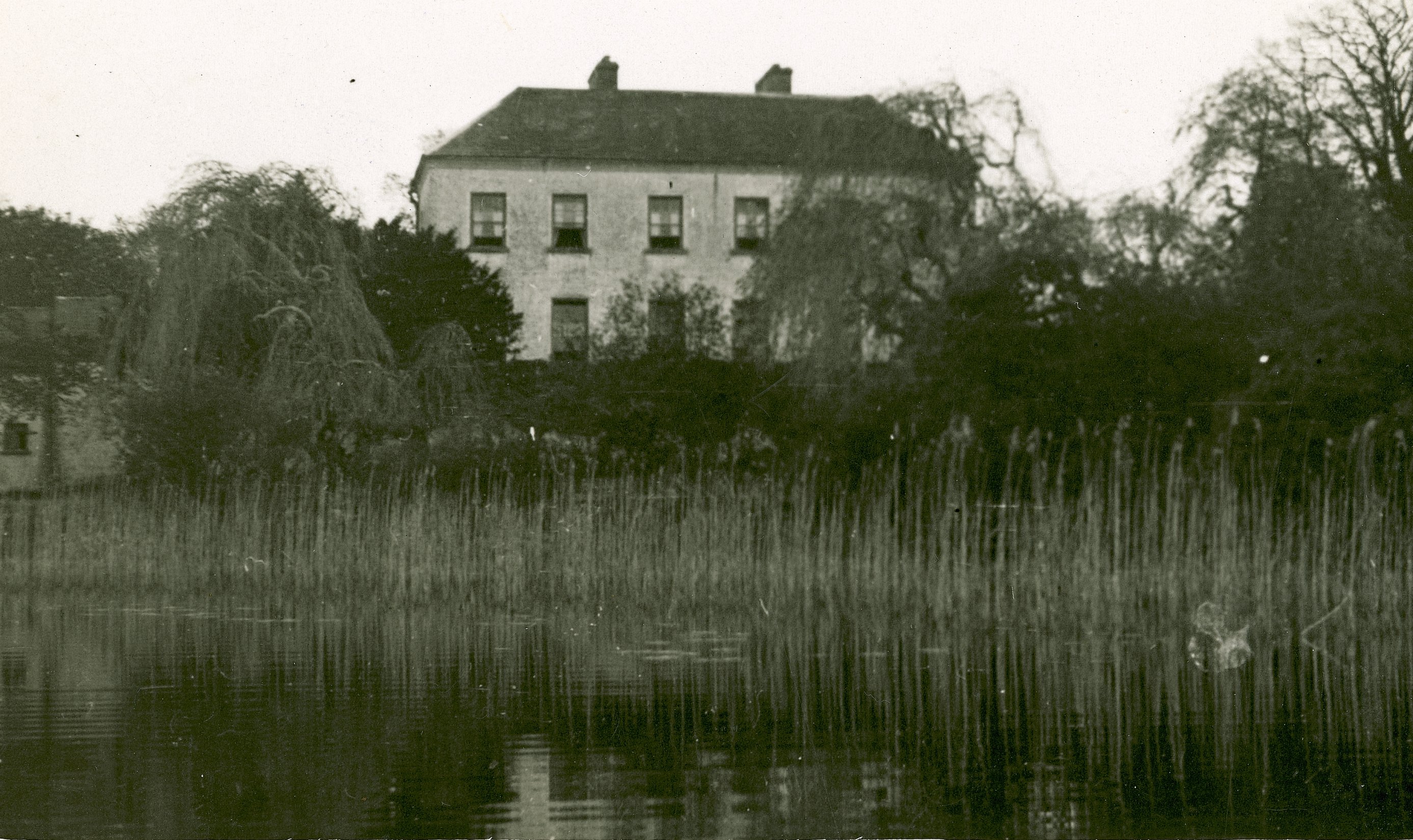
|
| Adelphi | A house on the Burton estate occupied by the Fitzgerald family and their descendants. The residence of Francis John Fitzgerald in 1814 and of F. and W. Fitzgerald in 1837. Valued at £30 at the time of Griffith's Valuation and occupied by Francis J. Fitzgerald, it passed by marriage to the Wilson-Fitzgerald family. This house was the home of Brian Blood in the mid 20th century. It is still extant. |
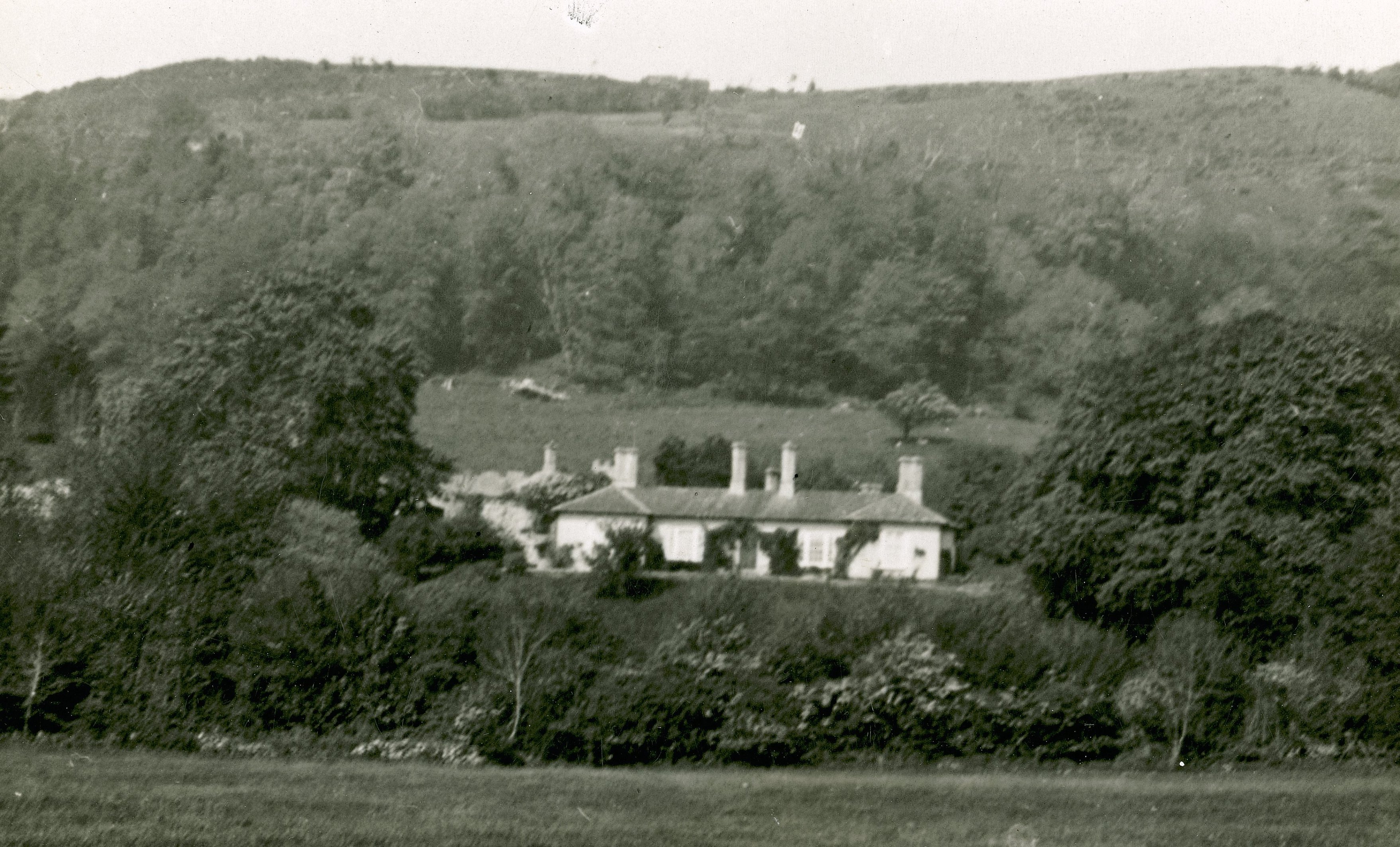
|
| Willbrook | This house was originally an Adams home, the Adams and Brews intermarried. In 1837 W.A. Brew lived here. At the time of Griffith's Valuation the buildings were valued at £5 and the house was occupied by Austin Moran and held from Lord George Quin. In the early 20th century it was the home of the Corbett family. Weir writes that the house was burnt down during the "Troubles". The present residence which was bought in the mid 20th century by Louis de Brocquy was constructed out of the stables. | |
| Holywell/Hollywell House | A Comyn residence, George Comyn married Margaret Lysaght of nearby Ballykeale in the early 19th century. In 1814 occupied by George Comyn and in 1837 by T. F. Comyn. By the time of Griffith's Valuation the house was unoccupied and valued at £5, James Gibson was the immediate lessor. The house is still extant and occupied. |
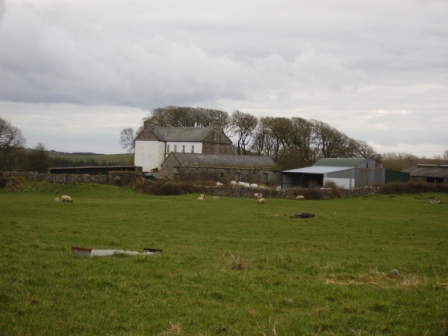
|
| Smithstown | Both Taylor and Skinner and Lewis refer to Smithstown as a seat of Viscount Powerscourt in 1778 and 1837. John O'Brien held the house and 117 acres from Edward Wingfield Stratford at the time of Griffith's Valuation. Weir writes that the house was demolished by the Land Commission in the 1940s.. | |
| Rivoli | Weir describes Rivoli as a late 19th century house to which James Shannon's family moved from nearby Derry House in the second half of the 19th century. It was a home of the Hunt family in the early 20th century. | |
| Lismoher | Weir writes that this is an 18th century house. It was the home of the Armstrong family. Occupied by Michael Hynes in the 1850s and valued at £4. Hynes held the property from Edmond J. Armstrong. The house is still extant. |
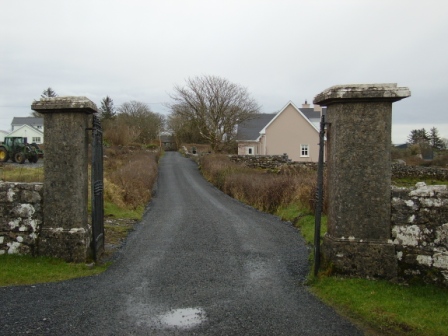
|

